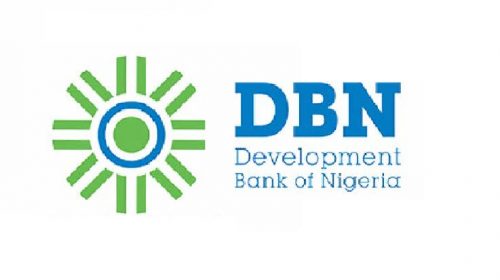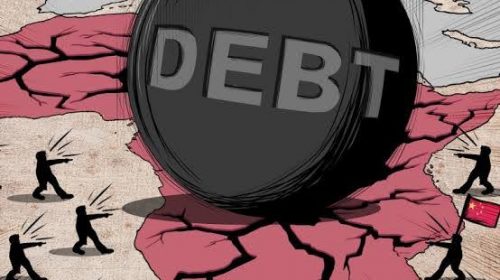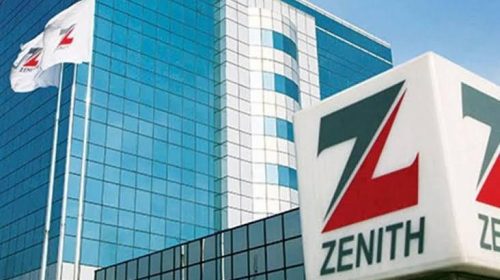Nigeria attracts $30.45bn forex in three months – CBN
Nigeria’s economy attracted a total foreign exchange inflow of $30.45bn between October and December 2017, figures obtained from the Central Bank of Nigeria have revealed.
According to the CBN economic report for the fourth quarter of 2017, the figure represented a 14.5 per cent growth compared to what was recorded in the third quarter of 2017.
This growth according to CBN was as a result of the increase in foreign exchange inflow to 22.7 per cent and 7.7 per cent rise in inflow through the apex banks and autonomous sources, respectively.
For instance, the CBN said the oil sector receipts, which accounted for 10.6 per cent of the total foreign exchange inflow, were $3.23bn in the last three months of 2017, compared with $3.17bn and $1.97bn in the third quarter of 2017 and the corresponding period of 2016, respectively.
The report put the non-oil public sector inflow at $11.48bn, representing 7.7 per cent of the total inflow.
It said the non-oil foreign exchange inflow of $11.48bn rose by 30.3 per cent above the level at the end of the third quarter of 2017.
Autonomous inflow was put at $15.74bn, representing an increase of 7.7 per cent above the third quarter figure.
Inflow from autonomous sources, the report added, accounted for 51.7 per cent of the total foreign exchange receipts.
In terms of outflow, the report stated that the restrictive policies of the apex bank resulted into a decline of 9.6 per cent in outflow to $9.19bn.
It added, “At $9.19bn, aggregate foreign exchange outflow from the economy fell by 9.6 per cent below the level in the preceding quarter, but represented 69.9 per cent increase over the level in the corresponding period of 2016.
“The development, relative to the preceding quarter, was driven by 10.3 per cent and 2.0 per cent decline in outflow through the CBN and autonomous sources, respectively.
“Thus, foreign exchange flows through the economy resulted in a net inflow of $21.26bn in the review quarter, compared with $16.42bn and $10.88bn in the third quarter of 2017 and the corresponding period of 2016, respectively






Leave a Reply